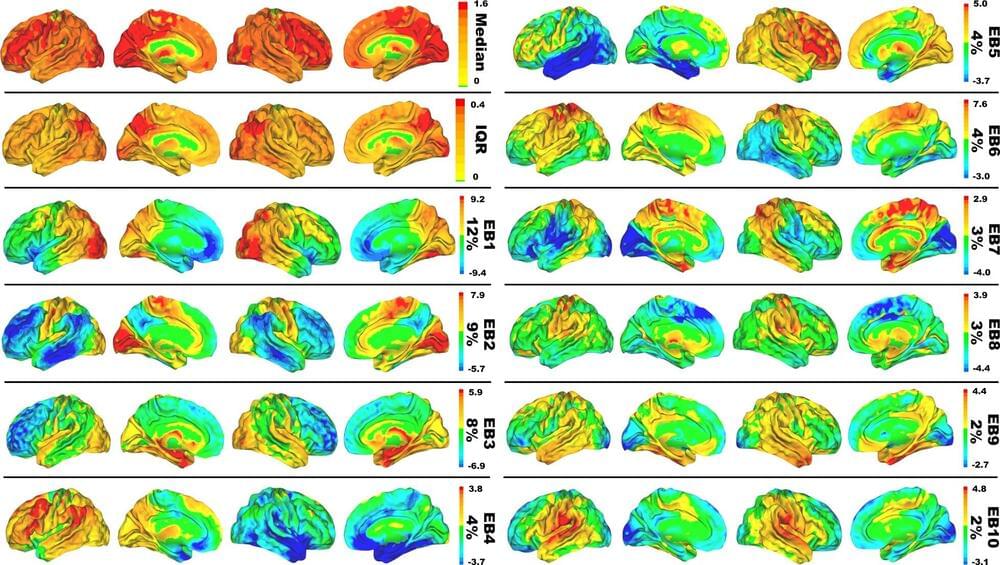Mayo Clinic researchers have proposed a new model for mapping the symptoms of Alzheimer’s disease to brain anatomy. This model was developed by applying machine learning to patient brain imaging data. It uses the entire function of the brain rather than specific brain regions or networks to explain the relationship between brain anatomy and mental processing. The findings are reported in Nature Communications.
“This new model can advance our understanding of how the brain works and breaks down during aging and Alzheimer’s disease, providing new ways to monitor, prevent and treat disorders of the mind,” says David T. Jones, M.D., a Mayo Clinic neurologist and lead author of the study.
Alzheimer’s disease typically has been described as a protein-processing problem. The toxic proteins amyloid and tau deposit in areas of the brain, causing neuron failure that results in clinical symptoms such as memory loss, difficulty communicating and confusion.










Comments are closed.